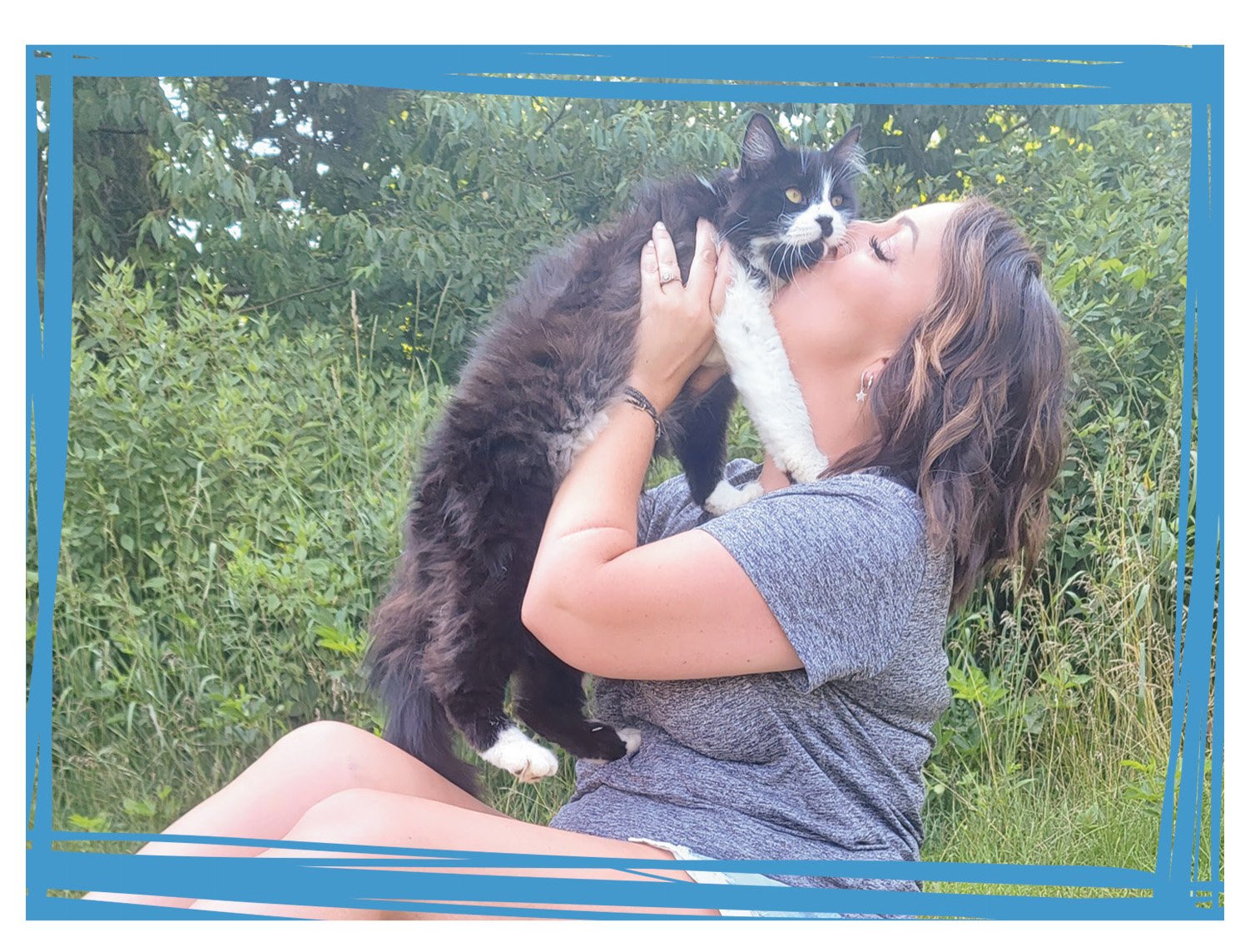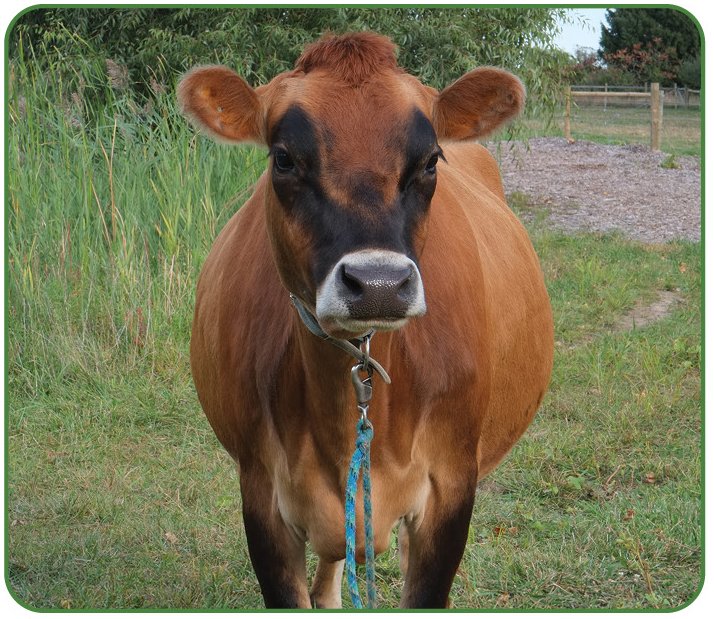By Karen Quinn
For as long as I can remember, February has always been synonymous with sheep. This comes from my lifetime on farms and from stories passed down by ancestors that I’ve never met, yet whose tales live on through the generations of Celtic folklore. One of my favorite folktales is of Cailleach, the divine winter hag of the Isles. Cailleach created the landscape using her basket of stones and her hammer. She would clash and fight for control of the seasons with Brìghde, the goddess of summer.
One way my ancestors knew Brìghde was ushering in the promise of warmer weather was to midwife the first lambs of the season. With the birth of the lambs, fresh milk was also brought back to their tables, leading to a fresh supply of butter and cheese returned to their cellars. This event was so important to the people of the time that the midpoint between the winter solstice and the spring equinox was called Imbolc or Oímelc. Imbolc falls on February first or second depending on the celestial calendar. Imbolc translates to in- the-belly, referring to ewes pregnant with lambs (Oímelc translates to ewe’s milk).
For many years now, I’ve had the pleasure of catching new lambs in early spring. Thankfully, with modernization of our food supply, we can wait a little longer to breed our sheep. So, instead of having lambs drop in the frigid gales of February, we can wait until mid to late March. I can honestly say that nothing really compares to those sweet little lamb faces yawning and shaking as they take their first breaths, the nail biting wait for them to find their mom’s teat for first feeding, their first steps, first naps (inevitably in a feed bowl), first zoomies, and first headbutts with siblings and cousins. All the while knowing, in the back of my mind, that this celebration of life was shared by our family’s ancestors from the “old country”—A thread held tightly through time, keeping our traditions alive.
Now, I’m not going to sugar coat it, or give you an Instagram lie about raising sheep being easy, because it’s not. Sometimes you get a home run, and the ewe is a doting, attentive mother who doesn’t need (or want) your help. The perfect example of this is my favorite ewe, Willa. She had twins her first pregnancy and triplets her second pregnancy. The moment those lambs hit the ground, she was cleaning them, encouraging them to stand, and making sure each one ate the same amount as the others. In the case of her triplets, we compared her to a short order cook at a diner during a Sunday morning church rush. The speed at which she had those new lambs cleaned and fed was darn near whiplash worthy.
There are other times when the ewe is new to the process and needs a little intervention in order for the lamb to thrive. There have been times I’ve had to help ewes clear out blocked nostrils and open breathing passages. We’ve guided lambs to make sure they latch on in order to get that all important first shot of colostrum to help build their immune systems and get the much-needed fat into their bellies. This is especially true for ewes with multiple lambs.
Unfortunately, there are times when it’s even harder than that. Complications happen, and sometimes they can cause mothers to reject their lambs. Then the farmer ends up having to bottle feed, and in some instances that means having a lamb in your house to make around the clock feedings easier on the farmer. While this sounds fun to the kid inside all of us, I can assure you that the novelty runs out comically quick.
My most memorable “livestock in my home” experience was Zinnia, a Merino ewe lamb whose mother had rejected her. When we found her, she was almost frozen and required medical attention. Once she thawed and was stable enough to move, we brought her to our home and rehabilitated her for nearly two weeks. She loved to sleep in front of the registers and play with the dogs. Thankfully, she took to the bottle well and despite being a bottle baby, she wasn’t stunted in her growth. This was due to the fact that we were also milking our goats at this time, and she was able to receive fat-rich goat’s milk instead of powder formula. Thank goodness for small graces.
In the end, when the winter storms have passed, Brìghde has brought all our lambs into the world, and spring begins to blend into summer, it is always worth it. To see the lambs grow from helpless little babes into strong, confident stinkers who headbutt your knees from behind, steal your gloves from your back pocket, and get their heads stuck in water buckets, always makes my heart swell with pride. As the years pass and they age and mellow out, you get to know them all the better and find yourself seeking out a patch of shade in the pasture beside them on a hot summer day to just “chat about life” and reminisce of the days gone by when they were young and pooping in your living room.
Karen Quinn is a writer, homesteader, and crafter who lives on a rural urban farm in Livonia, Michigan with her husband, son, and a menagerie of animals. Her favorite things are gardening, reading, and drinking tea.






















































































































































































For as long as I can remember, February has always been synonymous with sheep. This comes from my lifetime on farms and from stories passed down by ancestors that I’ve never met, yet whose tales live on through the generations of Celtic folklore. One of my favorite folktales is of Cailleach, the divine winter hag of the Isles. Cailleach created the landscape using her basket of stones and her hammer. She would clash and fight for control of the seasons with Brìghde, the goddess of summer.